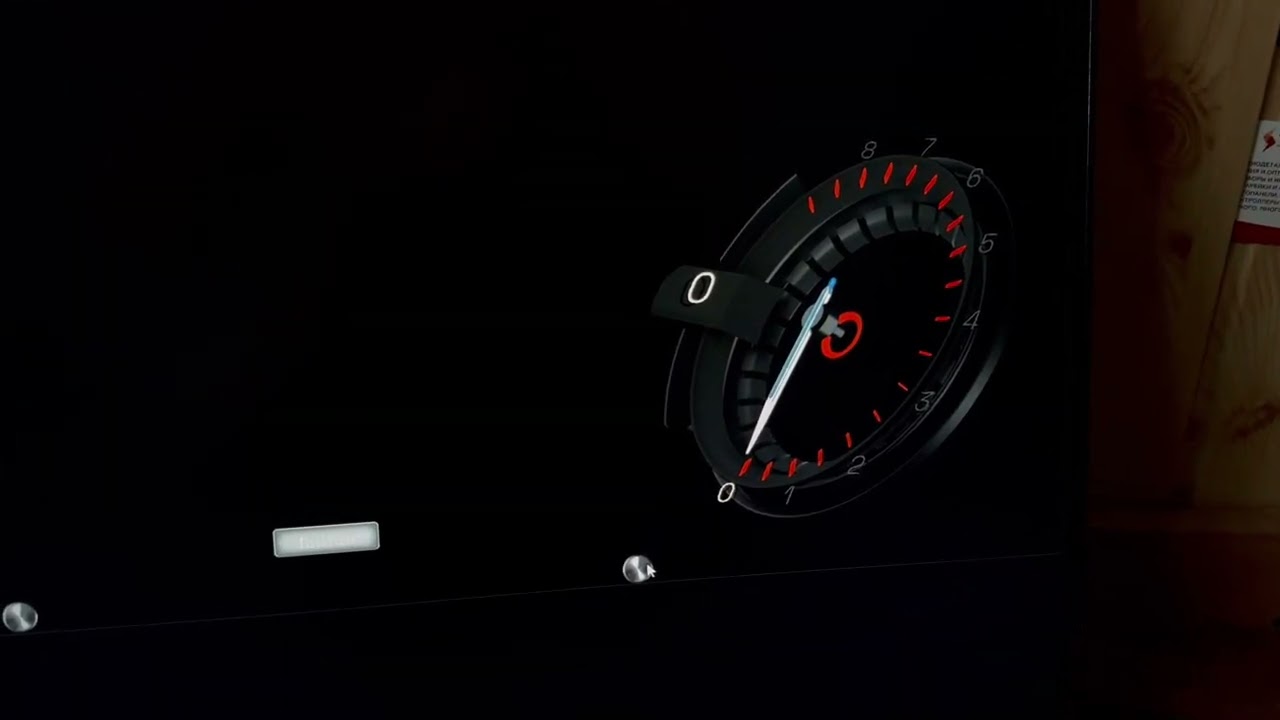Hi. I’m trying to avoid sudden data spikes.This is useful in cases where the input data does not have time to come from the ECU. I want to say right away that the SMOOT function won’t help me. And I suggest adding the ability to catch up with the value using the function Increment and decrement at the input What I need it for. I’ll explain. there is a PNG sequence. it should be displayed on the screen depending on the input value. but if the input was, for example, “5”, and the next value came “10”, then my pictures will skip Everything between 5 and 10 and show a picture that is equal to 10. the idea is to smoothly fill in the gap between the values. it is for images. if there were numbers, then the Smoot function would have handled it. And so we had 5 at the input, it became 10: the increment will allow us to catch up with the value from 5 , 6, 7, 8, 9, 10. This way, all the pictures will be displayed in order and it will visually look aesthetically pleasing. Is it possible to pull this off in RealDash?

If the values come smoothly, then everything is fine!
But if the speed rises sharply, then there are problems, as in the video below!

I also understand that it’s not so easy to display pseudo 3D! But you must admit, it looks amazingly beautiful and in a new way! Perhaps you could add a new type of sensor that would load a PNG sequence onto the stack. and would it output each image depending on the sequence number of the picture? Whatever it is that is tied to the inputs! Because uploading 220 images and assigning a value to each one is a great torment. I want to note that the FPS does not sag at the time of scrolling this sequence. It works very smartly.
Why is value smoothing not working in this case?
Can I send you a theme file by email? And you’ll figure it out for yourself. It would be wiser that way. Can you remind me of the current email address?
I have sent the project to the post office. If you have any thoughts about this?
I will take a look as soon as possible.
Hi. I believe that we are on the right track. The smoothness has really appeared. But unfortunately, along with the smoothness, the frame rate started to drop very much. I sent you a test.rd file by email. I also noticed that the frame rate per second on Android drops significantly more.
perhaps it’s the large number of images, of course.although on the other hand, why do they slow down the process if they are completely transparent and not displayed?
Try 2.5.0, it may work better on your use-case.
Hi. it seems to be working well!Can I ask you one more question:
it is this file. rd , has a very large number of images, more than 360. And on some android devices (not all), the app crashes at startup, but after many attempts It still starts and works! moreover, FPS = 60.
Could it be that the device does not have enough RAM for the first start?because it works fine on all other devices!The problem device has 3gb of memory.
Yes. I figured it out. crashes due to lack of RAM on the device. it works great on 4gb, but crashes on 3gb. I understand because a lot of images have to be loaded into RAM. My question is settled! have a nice evening)))) And thank you so much for the update)) ![]()
